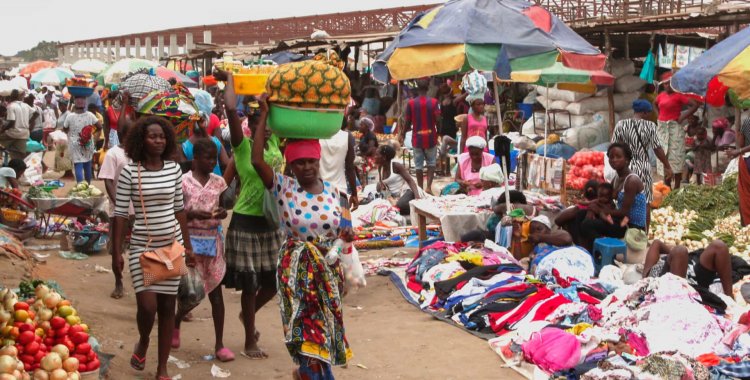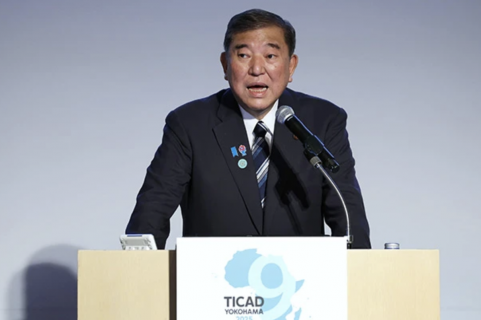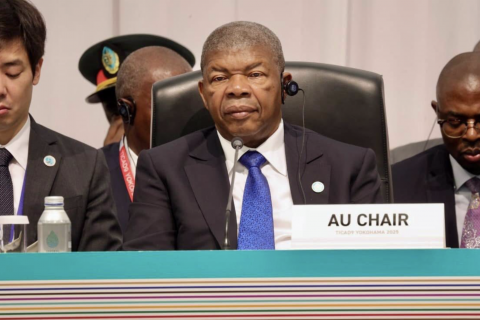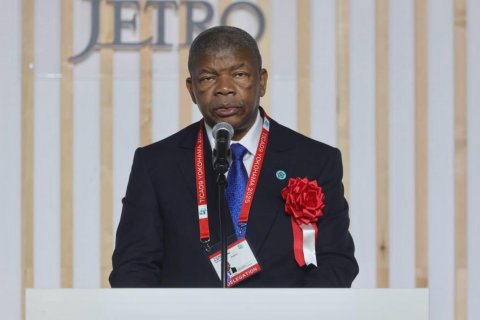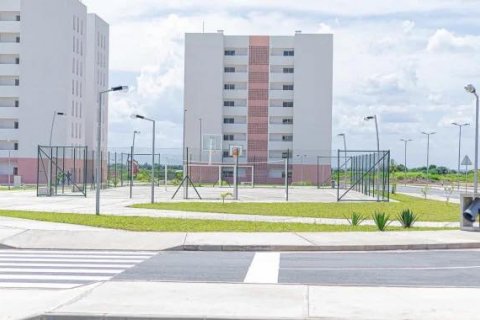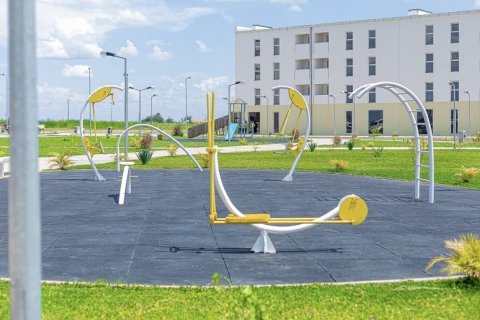The announcement was made by the governor of the BNA, Manuel Dias, after the meeting of the Monetary Policy Committee (CPM).
However, the review "does not compromise the medium-term objective of achieving a single-digit inflation rate", he underlined.
In January, the BNA expected to end the year with an inflation rate between 9 percent and 11 percent.
On the other hand, it was decided to keep the interest rate (BNA) unchanged at 17 percent, increase the interest rate on the Permanent Facility for Lending Liquidity to 17.5 percent and maintain the interest rate on the Permanent Facility for Absorbing Liquidity at 13.5 percent.
The BNA pointed out, on the basis of these decisions, "the resurgence of inflationary pressures" due to the reduction in export earnings and the consequent exchange rate depreciation.
"In addition, the expectations generated around the reduction of subsidies to the price of gasoline also had an impact on prices, as well as the constraints resulting from the reorganization of street sales", justified the central bank.
According to Manuel Dias, the impact of the gradual withdrawal of fuel subsidies was expected to be "low", but "unfortunately, expectations were generated around this reduction" and there were "demonstrations in the country and all of that ended up having an impact much higher than expected in terms of prices".
Additionally, the CPM decided to make the custody fee mechanism more flexible on the excess liquidity of commercial banks with the BNA, the operation of which will be subject to specific regulation.
"What we did by increasing the liquidity facility rate and the custody rate is to make commercial banks able to exchange liquidity between them through the interbank money market and not resort to BNA liquidity", he justified.
Asked about the extent to which the kwanza could devalue, the governor of the central bank said that it is not his responsibility to make predictions and considered that the foreign exchange market had already adjusted and had already found a new equilibrium point that is "dynamic and varies according to demand and the offer".
Year-on-year inflation stood at 11.25 percent in June, an increase of 0.63 percentage points over the previous period.
In the external sector, "there was a deterioration in the terms of trade, which contributed to the reduction of the surplus balance on the goods account in the first half of the year by 52.89 percent, reflecting the reduction in export revenues by 38.16 percent cent", according to a press release from the CPM.
The 'stock' of International Reserves stood at US$13.68 billion at the end of June, which represented a degree of coverage of six months of imports of goods and services.
The next CPM meeting will be held in the city of Sumbe (Kwanza Sul province), on 14 and 15 September 2023.

